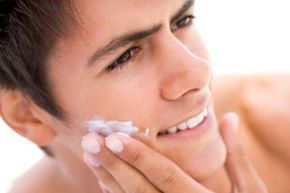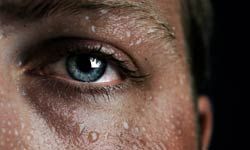Everyone loves a smooth, close shave—whether on a man's face or a woman's legs or under arms.
However, a close shave is the biggest cause of unsightly and painful razor bumps that can also lead to scarring.
Advertisement
Where Do Razor Bumps Come From?
Closely shaven hair has a sharp edge that can penetrate the skin, resulting in inflammation and swelling. This reaction—a normal bodily defense mechanism—is similar to the kind of reaction that occurs when you get a splinter in your finger.
Although razor bumps can affect everyone, people with curly hair, particularly African Americans and Hispanics, are most affected. That's because curly hair tends to curl back into the skin once its been shaved.
In fact, razor bumps are a big problem. They affect 60 percent of African Americans and Hispanics and 20 percent of Caucasians. And, not surprisingly, they're a bigger problem for men than women because many men shave daily.
In the past, the only solution for razor bumps was simply to decrease the number of times a person shaved—an unacceptable option, as you can imagine, for many people!
More recently, people have begun using cortisone and moisturizers and topical antibiotics to eliminate their razor bumps.
Fortunately, however, there are exciting new treatments on the horizon. While doing my residency in dermatology at the Henry Ford Medical Center in Detroit, Mich., a patient reported that the alpha-hydroxy cream he used to treat his dry skin had virtually eliminated his long-standing problem with razor bumps. See the next to learn more.
Advertisement


